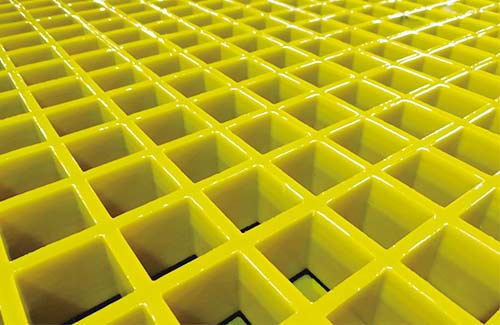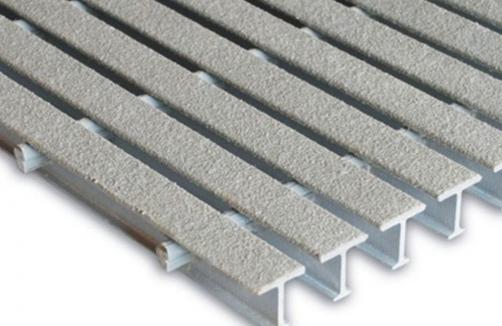Phenolic Grating for Food Processing Plants: Enhancing Safety and Efficiency in Your Facility
Food processing plants are the backbone of the global food industry, handling everything from raw ingredients to finished products. As these facilities evolve, the need for materials that enhance safety and efficiency becomes paramount. Phenolic grating has emerged as a leading solution, offering a combination of durability, non-slip properties, and hygienic design. But what exactly makes phenolic grating the ideal choice for food processing plants? Let’s explore the key benefits and address common questions.
What is Phenolic Grating?

Phenolic grating is a type of engineered flooring made from layers of phenolic resin-impregnated wood veneers compressed under high heat and pressure. This process creates a strong, lightweight, and corrosion-resistant material that is perfect for demanding environments like food processing plants. Unlike traditional metal grating, phenolic grating does not rust, making it an excellent choice for areas where moisture and chemicals are present.
Why Choose Phenolic Grating for Food Processing?
Enhanced Safety
One of the primary concerns in food processing plants is slip resistance. Phenolic grating is designed with a non-slip surface that provides excellent traction, reducing the risk of accidents. Additionally, its smooth, seamless surface prevents the buildup of bacteria and allergens, ensuring a safer working environment. But how does this compare to other flooring options?
Improved Hygiene
Food processing plants must adhere to strict hygiene standards to prevent contamination. Phenolic grating’s non-porous surface makes it easy to clean and sanitize, minimizing the risk of cross-contamination. Unlike metal grating, which can harbor bacteria in crevices, phenolic grating provides a uniform surface that is resistant to microbial growth. This feature is particularly important in areas where food is handled or processed.
Durability and Longevity
Food processing environments can be harsh, with heavy equipment and constant use. Phenolic grating is built to withstand these conditions, offering superior durability compared to traditional materials. Its high compressive strength and resistance to corrosion make it a long-term investment for any food processing facility. But what about cost?
Cost-Effectiveness
While phenolic grating may have a higher upfront cost than some alternatives, its longevity and low maintenance requirements make it a cost-effective solution in the long run. Food processing plants can save money on repairs and replacements, allowing them to allocate resources elsewhere. Additionally, phenolic grating’s lightweight nature reduces shipping costs, further enhancing its economic benefits.
Common Questions About Phenolic Grating
Is Phenolic Grating Food Grade?
Yes, phenolic grating is food grade and meets stringent卫生 standards required for food processing environments. Its non-toxic composition ensures that it does not leach harmful chemicals into food products, maintaining the highest levels of safety.
Can Phenolic Grating Be Customized?
Absolutely. Phenolic grating can be customized to fit the specific needs of any food processing plant. Whether you require a particular size, shape, or load capacity, manufacturers can tailor the grating to meet your requirements. This flexibility ensures that your facility can operate efficiently without compromising on safety or performance.
How Long Does Phenolic Grating Last?
With proper maintenance, phenolic grating can last for decades. Its resistance to wear, corrosion, and environmental factors makes it a reliable choice for long-term use. Food processing plants can enjoy years of trouble-free operation, knowing that their flooring investment is secure.
Sharing the Benefits
Food processing plants that have switched to phenolic grating have seen significant improvements in safety, efficiency, and overall operational performance. For example, a leading food manufacturer reported a 30% reduction in slip-related accidents after installing phenolic grating in their processing areas. This success story highlights the tangible benefits of choosing the right flooring solution.
Another plant noted that phenolic grating reduced cleaning time by 20%, allowing them to meet stringent hygiene standards more efficiently. These real-world examples demonstrate how phenolic grating can transform food processing operations, creating safer and more productive environments.
Conclusion
Phenolic grating is a game-changer for food processing plants, offering a combination of safety, hygiene, durability, and cost-effectiveness. By addressing common questions and sharing success stories, it’s clear that this innovative flooring solution is the ideal choice for enhancing both safety and efficiency in your facility. If you’re looking to upgrade your food processing environment, consider the many benefits of phenolic grating—it’s an investment that pays off in more ways than one.







